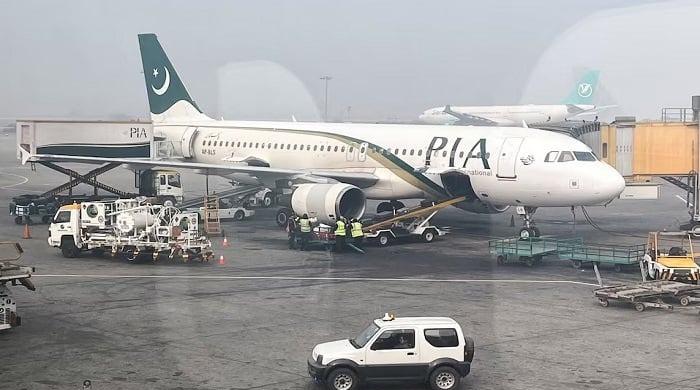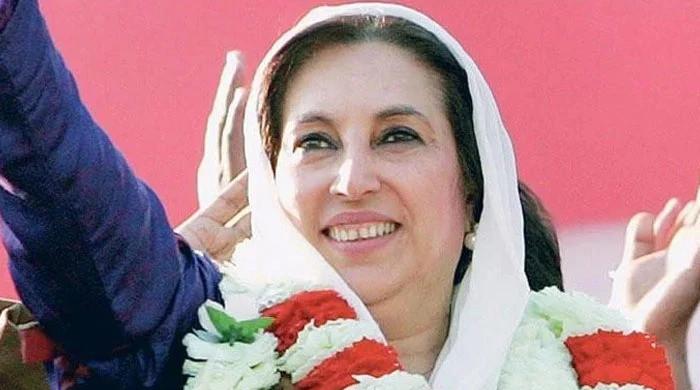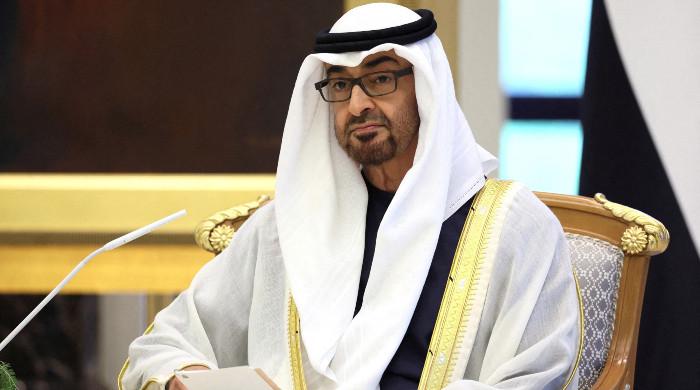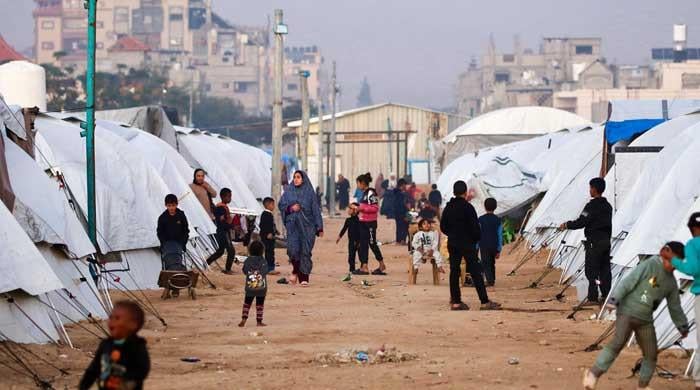Jihadi outfits: A liability for Pakistan
Time for Pakistan to fully implement the National Action Plan.
March 12, 2019
Pakistan’s civil and military leadership have a tall task ahead of them, implementing the National Action Plan(NAP), formulated to curb all kinds of terrorism and extremism in the society. The Plan, rolled out in 2014, aimed to ensure that Pakistan’s soil is not used for any terror activities, within or outside the country.
Today, some of these jihadi outfits are a liability for the state, even if in the past they were considered an asset.
Going forward, Pakistan needs to play a pro-active role to resolve the long-standing issue of Kashmir, on the international stage. That said, the United Nations will also have to step in since India is not ready to resolve the issue under the Shimla agreement.
Post 9/11, Pakistan has taken decisive actions against terror networks. The recent crackdown is a continuation of that policy. Between 2002 and 2018, the state launched large-scale operations to clear terror safe havens and sleeper cells. As a result, the terrorist groups targeted the security forces and political leadership, which in itself proved Pakistan’s resolve against terrorism.
The focus is now turning towards jihadi outfits. Back in 2014, a three-pronged strategy was worked out, after the Army Public School attack in Peshawar, which included: deweaponization, deradicalization and rehabilitation of these groups, by bringing them into the mainstream.
The strategy of mainstreaming such men, carries an element of risk. Members of these groups could continue to have a strong tendency towards religious extremism, even after going through the rehabilitation program. However, if the state succeeds in deweaponizing them, that could lead to improvement.
Thankfully, Pakistan has a much better record than India in the way its public reacts to religious and extremist parties during elections. Over in India, extremism is a part of mainstream politics now and the BJP, which represents Hindu extremism, is in power. While in Pakistan, the support of mainstream religious parties has declined during the last three elections. That said, it is also important to note, that such groups have been used effectively as pressure groups in the past, as we saw in the case of the Tehreek-e-Labbaik Pakistan (TLP).
During the 2018 election, the TLP was unrestrained. But after being used for political gains, the group faced a crackdown. Their leaders and workers were arrested and now face a court case.
If the NAP is implemented in its true form, there is little chance of groups like the TLP to enter the political landscape.
For the first time, the government seems serious in tackling or going hard on jihadi outfits like the Jaish-e-Mohammad (JeM) and Jamaat-ud-Dawa (JuD). The latter was recently proscribed, as well as its charity wing.
The reasoning is clear. As Fawad Chaudhry, the minister for information, recently stated that Pakistan could face sanctions, if they did not go hard on proscribed organisations. Earlier, the federal finance secretary had also warned the government of the possibility of sanctions if it did not comply with guidelines given by the Financial Action Task Force (FATF). The FATF has already placed Pakistan on the grey list, and it could end up on the black list if it doesn’t take decisive action.
Whether we agree with it or not, the world sees such jihadi groups in the same category as al-Qaeda, Daesh or the Taliban.
Some analysts believe that the name of such organizations is used to pressurise Pakistan, even when there is no involvement of them in an incident. For example, the Pulwama attack. Evidence so far clearly indicates that everything, from the explosive materials to the planning was indigenous.
However, Pakistan took action against JeM, in light of the dossier provided by India. Soon after receiving the document, it arrested Masood Azhar’s brother and son.
As a follow-up, Pakistan will send a formal reply to India and can ask for solid evidence against the people it has detained. It could also suggest a joint investigation. Prime Minister Imran Khan has already offered cooperation in the case if Pakistan receives “actionable evidence” from New Delhi.
Separately, the army chief has ordered full support to the government in the crackdown against all banned outfits, in the light of the decisions taken on the February 21, when a meeting of the National Security Council as held.
For the first time, the government has taken complete control of all the religious seminaries, colleges and charity groups run by outfits such as the JeM and JuD. When a similar action was taken in the past, JuD sought relief from the superior courts. They could do the same again unless the government comes up with drastic changes in its anti-terror laws.
Former president Pervez Musharraf banned these groups in 2002. His administration categorised them as: sectarian groups, global terror networks activating in Pakistan, and jihadi outfits, accused of been involved in Indian-held Kashmir. Some of these terror networks reacted strongly against the ban and crackdown. In return, they targeted Pakistan’s institutions through suicide bombings and target killings.
Musharraf, despite being the president and army chief, was twice targeted. Later, there was a suicide bombing attempt on the life of Prime Minister Shaukat Aziz. In 2007, former Prime Minister Benazir Bhutto was assassinated, for which the Pakistani Taliban claimed responsibility.
In 2008, the then civilian and military leadership decided to go hard on terrorists. The former army chief, General Ashfaq Parvez Kayani, launched an offensive in Swat, Malakand and South Waziristan, which at that time were under complete control of the Taliban and other terror groups.
However, in 2011, Pakistan faced embarrassment when the US navy seal found al-Qaeda chief, Osama bin Laden, and allegedly killed him in Abbottabad. Prior to this, the Pakistani authorities had arrested a number of al-Qaeda’s top leaders and handed them over to the US including, Khalid Sheikh Mohammad and Ramzi bin al-Shibh.
In 2013, the army launched a major and most decisive operation in the biggest safe haven of local and foreign terrorist groups in North Waziristan. The operation led to a drastic decline in terrorist attacks in Pakistan. But it was the cold-blooded and shocking murder of over a 100 school children in Peshawar, which brought national consensus in the country to eliminate terrorism and extremism once and for all. The result of which was the NAP. The army also launched an operation of clean up in Karachi to disbanded even the militant wings of some political parties and ethnic groups.
It is now time to complete the work Pakistan started in 2014. The NAP should be fully implemented. Liabilities can no longer be seen as assets.
Abbas is a columnist and analyst for GEO, The News and Jang. He tweets @MazharAbbasGEO









